How To Remove Your Own Tooth

Dentists nationwide are issuing urgent warnings against attempting to remove your own teeth at home due to significant risks of infection, severe pain, and permanent damage. Untrained extraction can lead to serious complications; seek professional dental care instead.
DIY tooth removal is surging, driven by factors like cost and limited access to dental services. This article outlines the dangers and emphasizes the necessity of professional care.
Risks Associated with At-Home Tooth Extraction
Attempting to extract a tooth at home poses numerous serious health risks. Infection is a primary concern, as unsterile environments breed bacteria.
This can lead to localized infections, abscesses, and even systemic infections like sepsis, which can be life-threatening.
Severe, uncontrolled bleeding is another common complication. Unlike dentists, individuals lack the necessary tools and expertise to manage excessive bleeding that may arise from the procedure.
Nerve damage is also a significant risk, potentially causing permanent numbness or tingling in the jaw, lips, or tongue. Damage to surrounding teeth or the jawbone itself is also possible.
Why Professional Extraction is Crucial
Dentists are trained professionals equipped to extract teeth safely and effectively. They use sterile instruments and techniques to minimize the risk of infection and bleeding.
Before extracting a tooth, a dentist will conduct a thorough examination, including x-rays, to assess the tooth's roots and surrounding structures. This helps them plan the extraction and anticipate potential complications.
Local anesthesia is used to numb the area, ensuring the procedure is as painless as possible. Dentists can also prescribe pain medication to manage discomfort after the extraction.
The Process of Professional Tooth Extraction
The dentist begins by administering a local anesthetic. Once the area is numb, they use specialized instruments to loosen the tooth from its socket.
In some cases, the tooth may need to be sectioned into smaller pieces for easier removal. After the tooth is extracted, the dentist will clean the socket and may place sutures to promote healing.
Post-operative instructions are provided to ensure proper healing and prevent infection. These instructions typically include guidelines on pain management, diet, and oral hygiene.
Warning Signs After Attempted DIY Extraction
If you have attempted to remove a tooth at home, it is crucial to watch for warning signs of complications. Seek immediate medical attention if you experience any of the following:
Uncontrolled bleeding that doesn't stop after 20 minutes of applying pressure. Severe pain that is not relieved by over-the-counter pain medication.
Signs of infection, such as fever, swelling, redness, or pus. Numbness or tingling in the jaw, lips, or tongue, that lasts longer than a few hours.
Alternatives to DIY Extraction
If cost is a barrier to professional dental care, explore alternative options such as dental schools and community clinics. Many dental schools offer reduced-cost treatment provided by students under the supervision of experienced faculty.
Community dental clinics often provide affordable care to low-income individuals and families. Some organizations also offer financial assistance for dental treatment.
Payment plans and dental insurance are other ways to manage the cost of dental care. Don't risk your health by attempting to extract a tooth yourself when affordable alternatives are available.
Expert Opinion
Dr. Emily Carter, a leading dentist at the American Dental Association (ADA), strongly advises against DIY tooth extraction. "The risks far outweigh any perceived benefits. Please seek professional help."
According to Dr. Carter, attempting to remove a tooth at home is "an extremely dangerous practice that can have lifelong consequences." She emphasizes the importance of seeing a dentist for all dental procedures.
"Dentists have the training, experience, and equipment to ensure your safety and comfort," Dr. Carter explains. "There is no substitute for professional dental care."
Moving Forward
If you are experiencing dental pain or have a loose tooth, schedule an appointment with a dentist as soon as possible. Avoid the temptation to take matters into your own hands, as the consequences can be severe.
Ongoing public health campaigns are needed to educate the public about the risks of DIY tooth extraction and promote access to affordable dental care. Protecting your oral health is essential for overall well-being.
Remember, your health is invaluable, and professional dental care is the safest and most effective way to maintain a healthy smile.
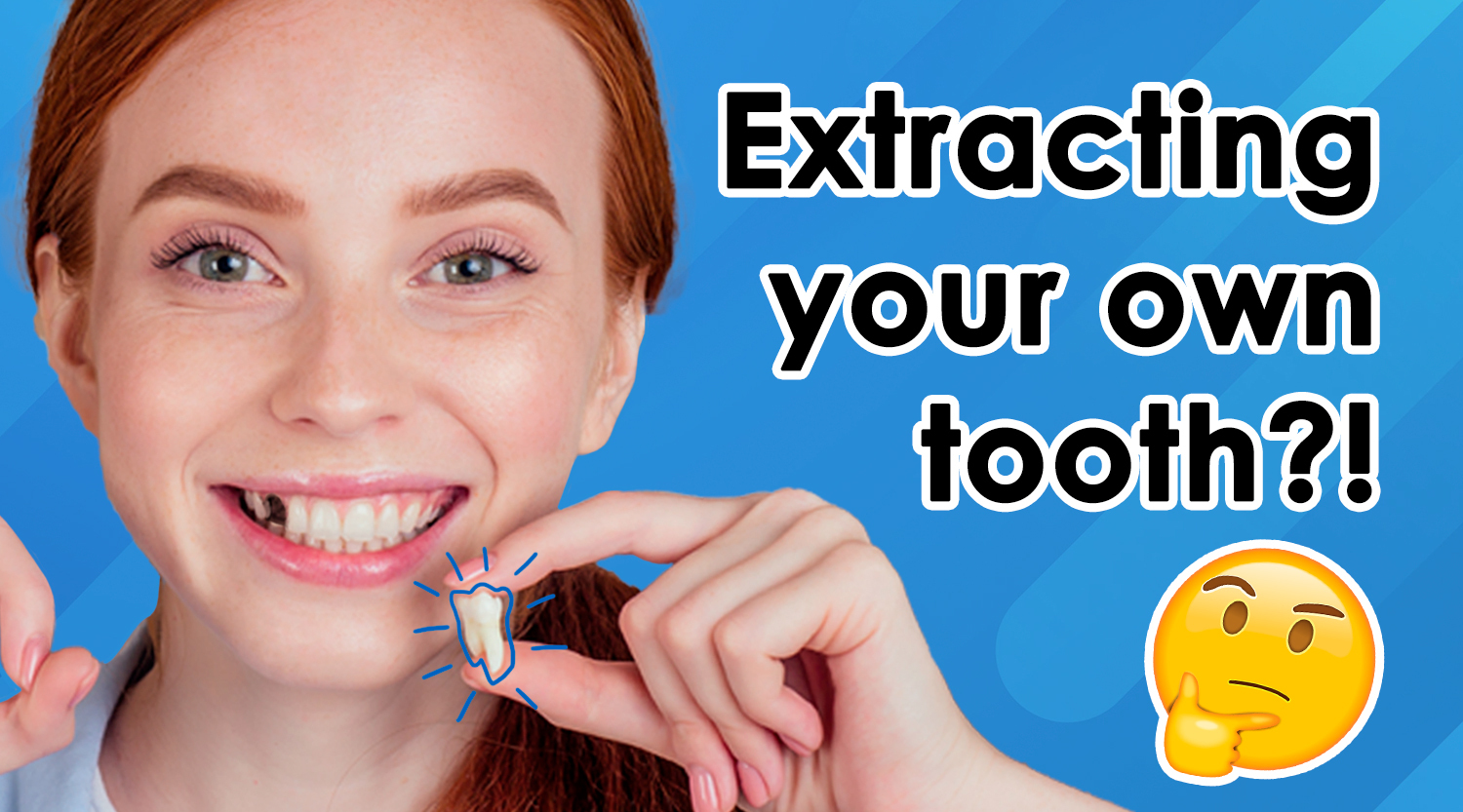

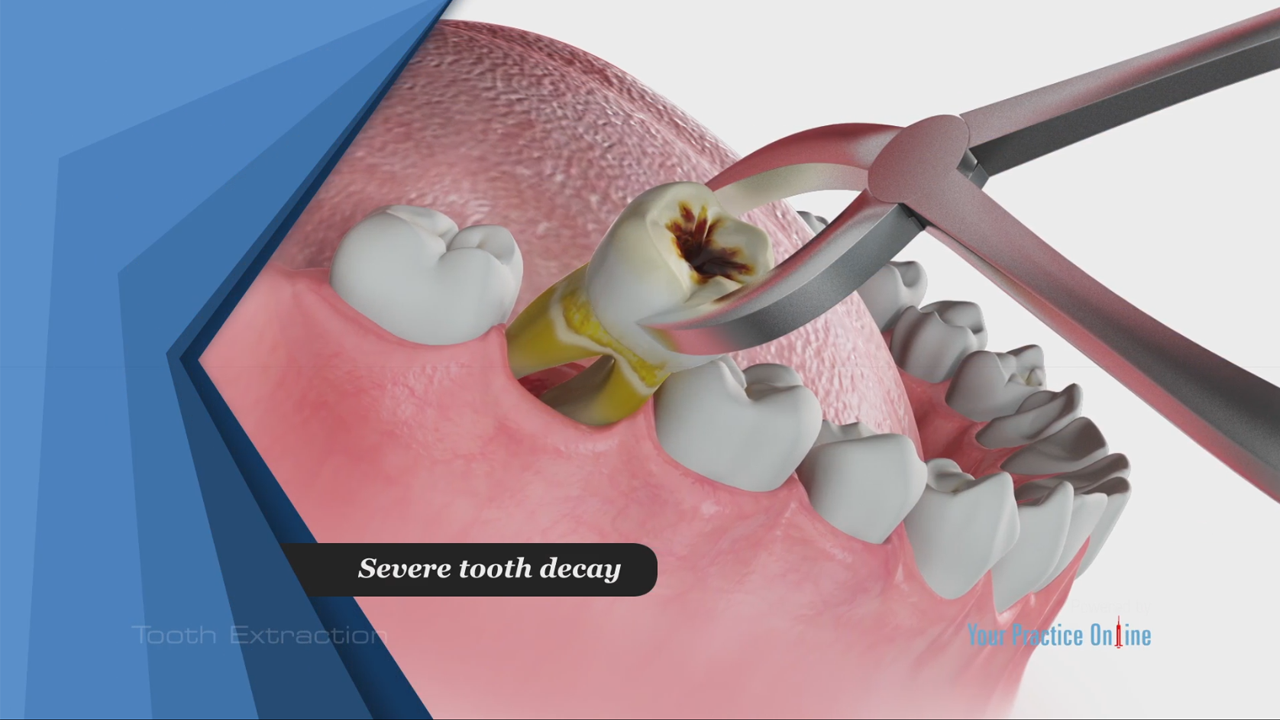


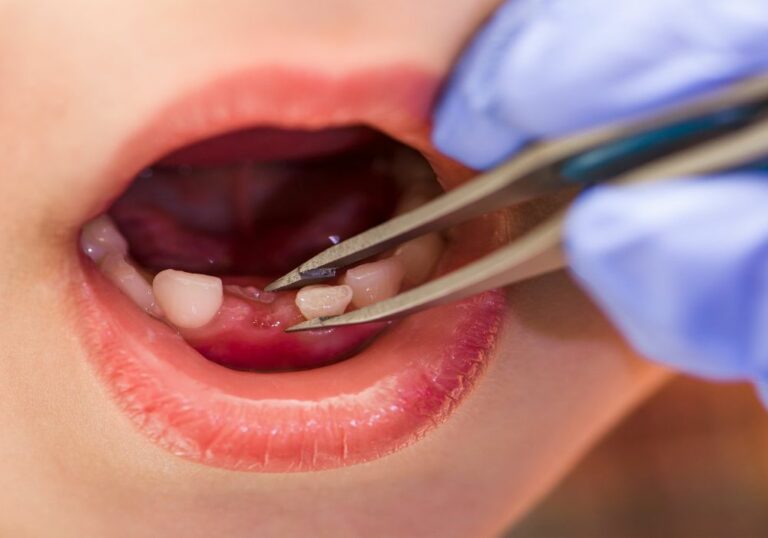


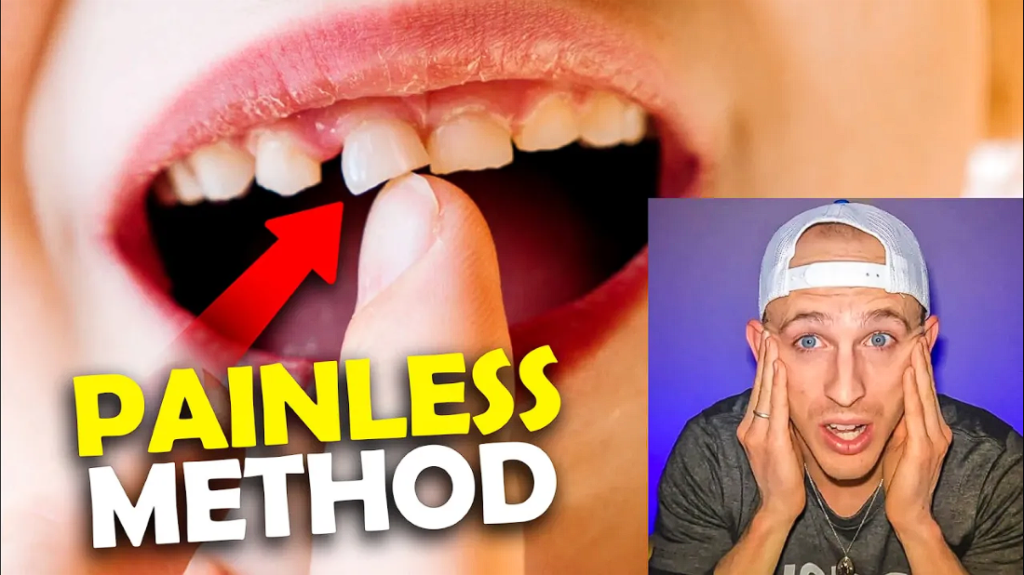

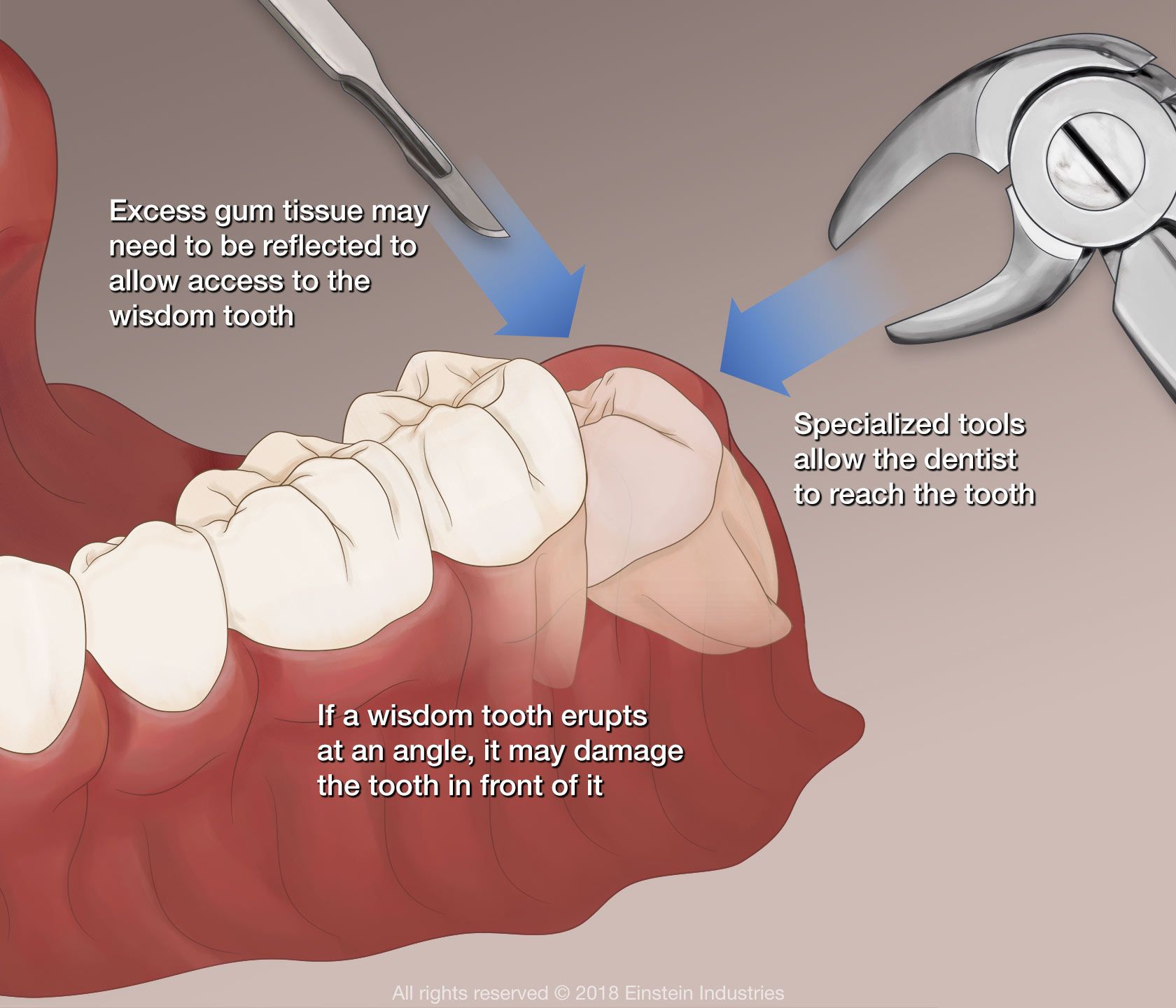

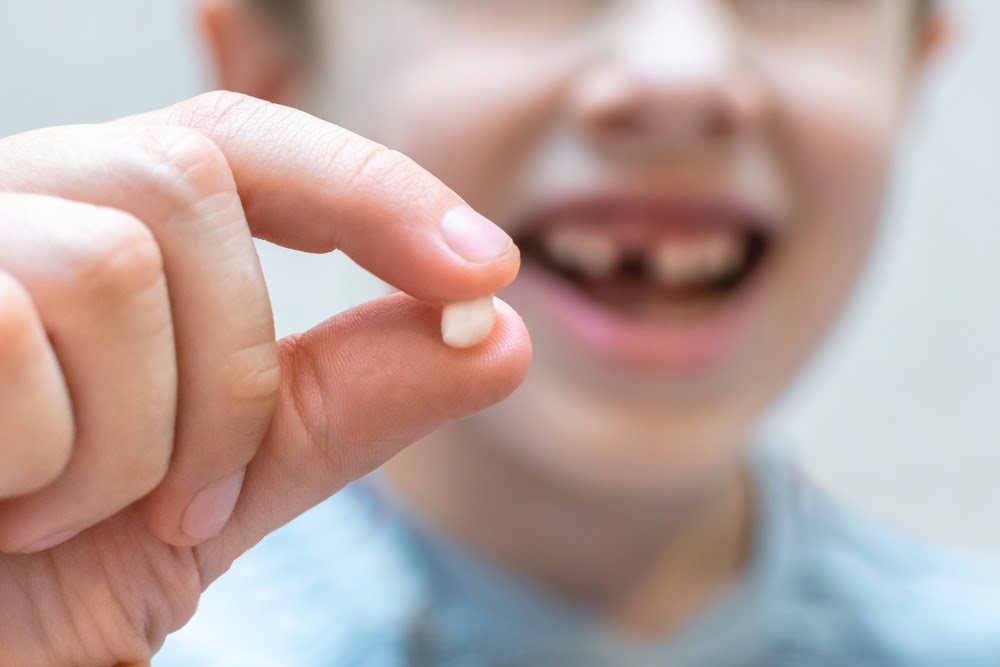




.png)
